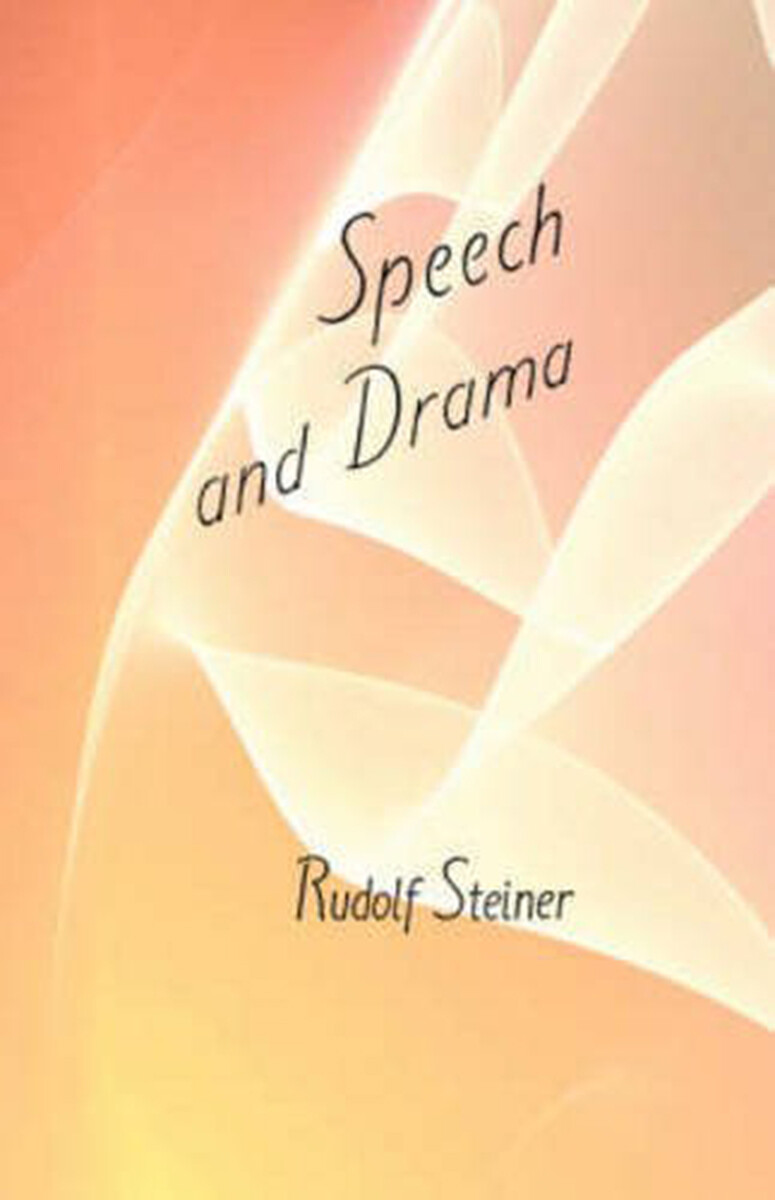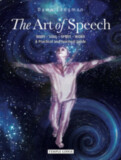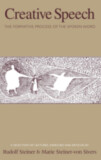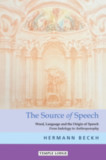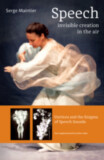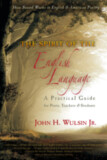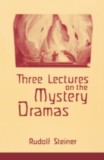Speech and Drama
(CW 282)
Foreword by Marie Steiner-von Sivers
Translated by Mary Adams
- Publisher
SteinerBooks - Published
1st January 1960 - ISBN 9780880101424
- Language English
- Pages 418 pp.
19 lectures, Dornach, April 10, 1921 and September 5–23, 1924 (CW 282)
This course was designed for students and professionals in the stage arts and given in the Section for the Arts of Speech and Music School of Spiritual Science at the Goetheanum. Rudolf Steiner begins with a fundamental and spiritually-rooted appreciation of human speech and what actually takes place during human communication. Speech is a spiritual activity as well as an art form, lending itself to real interaction with both higher spiritual worlds and the human world of social conversation.
Steiner shows that speech is a powerful tool for any serious dramatist in conveying the reality of worlds, whether visible or invisible, to the individual souls in the audience.
This is an essential book for anyone involved in speech work, communication arts, and many kinds of therapies.
This volume is a translation from German of Sprachgestaltung und Dramatische Kunst (GA 282).
C O N T E N T S:
Foreword by Marie Steiner
Note by Translator
PART ONE: THE FORMING OF SPEECH
1. The Forming of Speech Is an Art
2. The Six Revelations of Speech
3. Speech as Formed Gesture
4. How to Attain Style in Speech and Drama
5. The Secret of the Art of the Master ...
6. Sensitive Perception for Sound and Word ...
7. Some Practical Illustrations of the Forming of Speech
PART TWO: THE MOLDING AND SCULPTING OF SPEECH
8. The Molding and sculpting of Speech
9. Style in gesture
10. The Mystery Character of Dramatic Art
11. The Relation of Gesture and Mime to the Forming of Speech
12. The Artistic Quality in Drama
13. Study of the Text from Two Aspects
14. Stage Décor: Its Stylization in Color and Light
PART THREE: THE STAGE AND THE REST OF MANKIND
15. The Esoteric Aspect of the Actor’s Vocation
16. The Work of the Stage from Its More Inward Aspect
17. Further Study of the Sounds of Speech
18. The Speech Sounds as a Revelation of the Form of Man
19. The Formative Activity of the World
Rudolf Steiner
Rudolf Steiner (b. Rudolf Joseph Lorenz Steiner, 1861–1925) was born in the small village of Kraljevec, Austro-Hungarian Empire (now in Croatia), where he grew up. As a young man, he lived in Weimar and Berlin, where he became a well-published scientific, literary, and philosophical scholar, known especially for his work with Goethe’s scientific writings. At the beginning of the twentieth century, he began to develop his early philosophical principles into an approach to systematic research into psychological and spiritual phenomena. Formally beginning his spiritual teaching career under the auspices of the Theosophical Society, Steiner came to use the term Anthroposophy (and spiritual science) for his philosophy, spiritual research, and findings. The influence of Steiner’s multifaceted genius has led to innovative and holistic approaches in medicine, various therapies, philosophy, religious renewal, Waldorf education, education for special needs, threefold economics, biodynamic agriculture, Goethean science, architecture, and the arts of drama, speech, and eurythmy. In 1924, Rudolf Steiner founded the General Anthroposophical Society, which today has branches throughout the world. He died in Dornach, Switzerland.
Marie Steiner-von Sivers
Marie Steiner-von Sivers (1867–1948) was born in Wlotzlawek, in Russian Poland and grew up in St. Petersburg. She trained as an actor, but left the stage when she met Theosophy through Edouard Schuré, whose works she translated. In 1900, she met Rudolf Steiner, whom she later married and worked alongside in the development of Anthroposophy. She died in Beatenberg, Switzerland.


